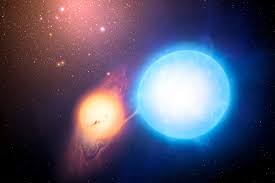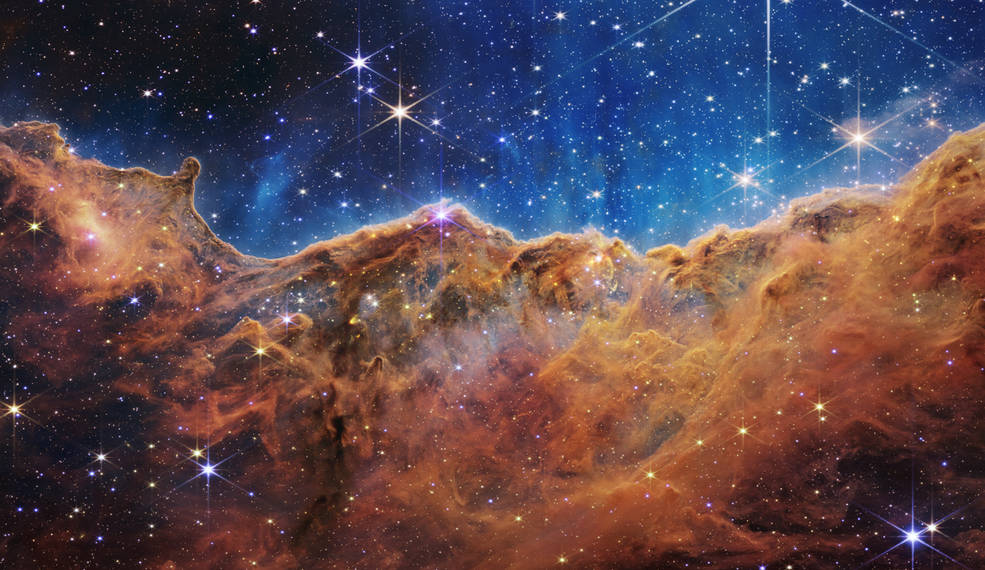According to Live Science, the James Webb Space Telescope (JWST) has found the first proof that millions of supermassive stars or ‘celestial monsters’ may have been hidden at the dawn of the universe. The most prominent stars that have been detected to date are about 300 times as massive as the Sun.
However, the latest study’s supermassive star is thought to weigh between 5,000 and 10,000 Suns and is five times hotter than the Sun. These massive stars, which first appeared only 440 million years after the Big Bang, were given the epithet “celestial monsters” by scientists. The findings of the study were published in the journal Astronomy and Astrophysics.

(Image of a supermassive star or ‘celestial monsters’ sourced from New Scientist)
The Curious Case of Globular Clusters
Astronomers have been perplexed by the immense variety in the makeup of various stars crammed into what are known as globular clusters for decades. Nearly all galaxies have globular clusters, and the Milky Way contains at least 180 of them. The biggest stars in the cosmos are likely to be found in some of these clusters, which may provide insights into the early universe.
Globular clusters act as the thread connecting the palimpsest of the universe’s first stars and galaxies.
The maximum lifespan of superstars, such as the ‘celestial monster’ is around two million years. However, scientists have found it challenging to locate these stars due to their rapid nuclear fusions. The study’s European research team first proposed the existence of supermassive stars in 2018 to shed light on one of astronomy’s greatest mysteries. The astronomers focused the JWST’s infrared camera on the galaxy GN-z11, one of the oldest and most distant galaxies ever found, resting 13.3 billion light-years from Earth, to find the chemical waste left behind by the celestial monsters.

( An image of ‘Cosmic Cliffs’ captured by the James Webb Space Telescope, sourced from NASA)
Findings of the Study
Some of the stars found in the globular clusters had dramatically differing ratios of oxygen, nitrogen, sodium, and aluminium. Scientists believe that the change in elemental composition could be due to supermassive stars born in denser conditions and burnt at much higher temperatures. By dissecting the light coming from various globular clusters spread throughout GN-z11, the astronomers discovered that its stars were closely packed and surrounded by significant nitrogen levels.
The lead author of the study, Corinne Charbonnel, an astronomy professor at the University of Geneva in Switzerland, stated that the combustion of hydrogen at extremely high temperatures, which can only occur in the core of supermassive stars, is the sole explanation for the significant nitrogen present in these celestial monsters. She also explained that the celestial monster could be understood as a seed star that would eventually engulf several other stars, transforming into a nuclear reactor.
Unraveling the Beginning of the Universe
The globular clusters, which are collections of tens of thousands to millions of densely packed stars, many of which are among the oldest stars to have ever formed in the cosmos, are where the researchers discovered chemical remnants of the enormous giants. Our Milky Way galaxy is home to over 180 globular clusters, which scientists utilise as windows into the universe’s early days due to their immemorial presence.
The researchers will investigate additional globular clusters in more galaxies to look for cues regarding the celestial monsters to determine whether their discovery holds true elsewhere.













